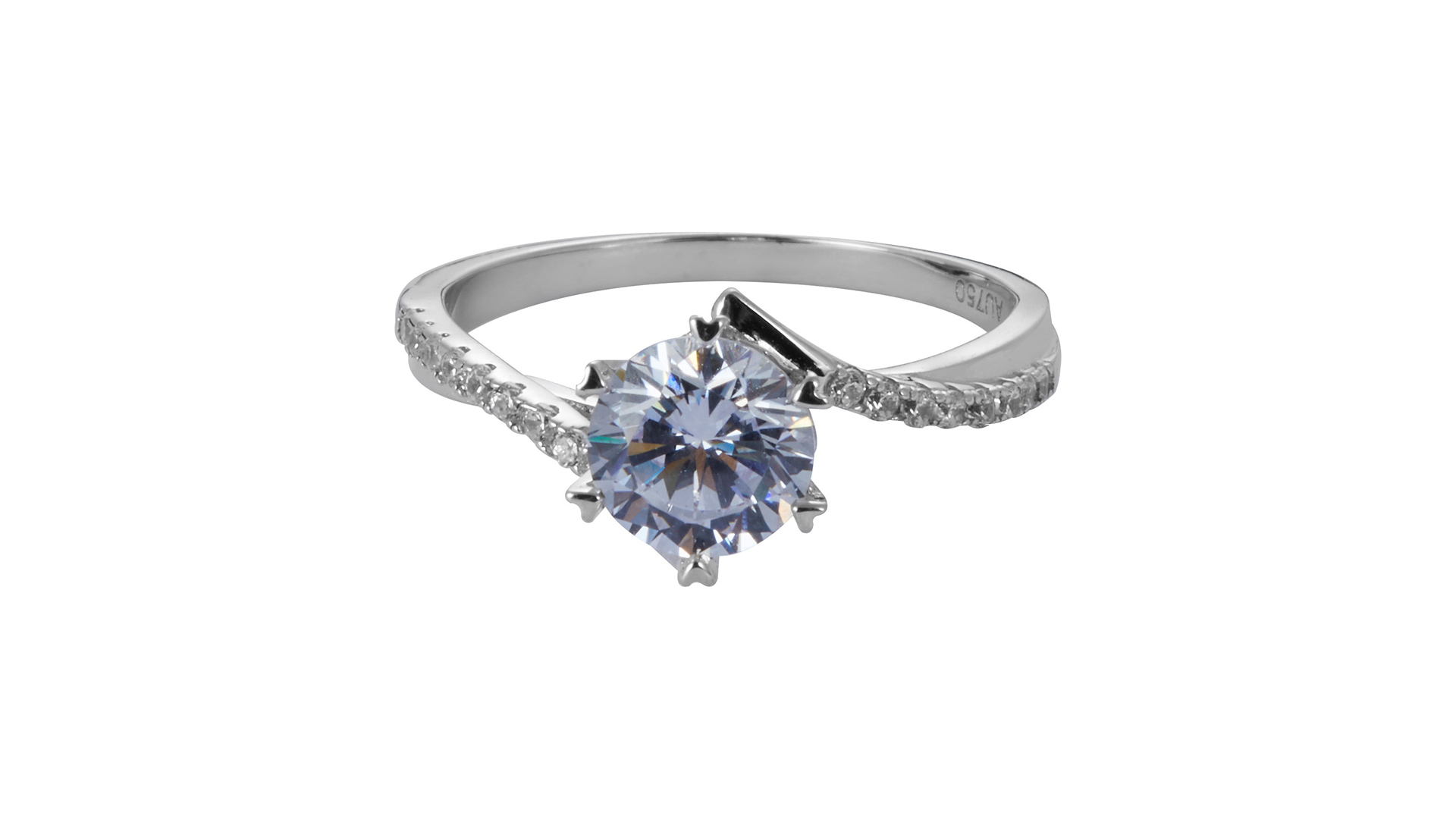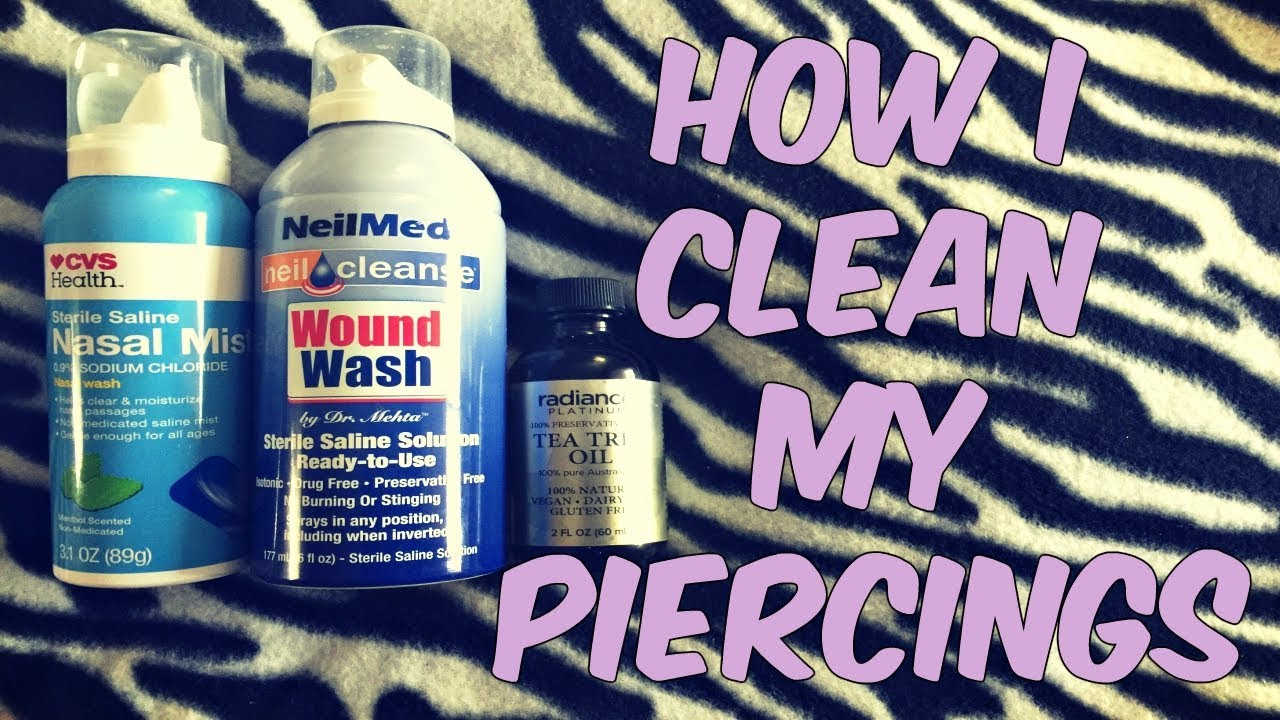What is jewelry surface finishes and techniques?
Surface finish choices like satin or matte, high glossy or reflective, hammered, brush finish, etc.
Jewelry finishing is a term that is used to loosely define the processes that add the final touches to a piece of jewelry. These processes range from polishing techniques to chemical applications such as oxidation. What they all have in common is their ability to drastically change the appearance of the item.
What are the types of jewelry surface finishes and techniques ?
1. High Polish/High Shine Finishing
The most common of jewelry finishes. A polisher simply uses his polishing wheel to buff the item to a bright shine. The material on the wheel, combined with a machine that whirs the wheel at a high speed, removes any rough or blurry spots on the metal.
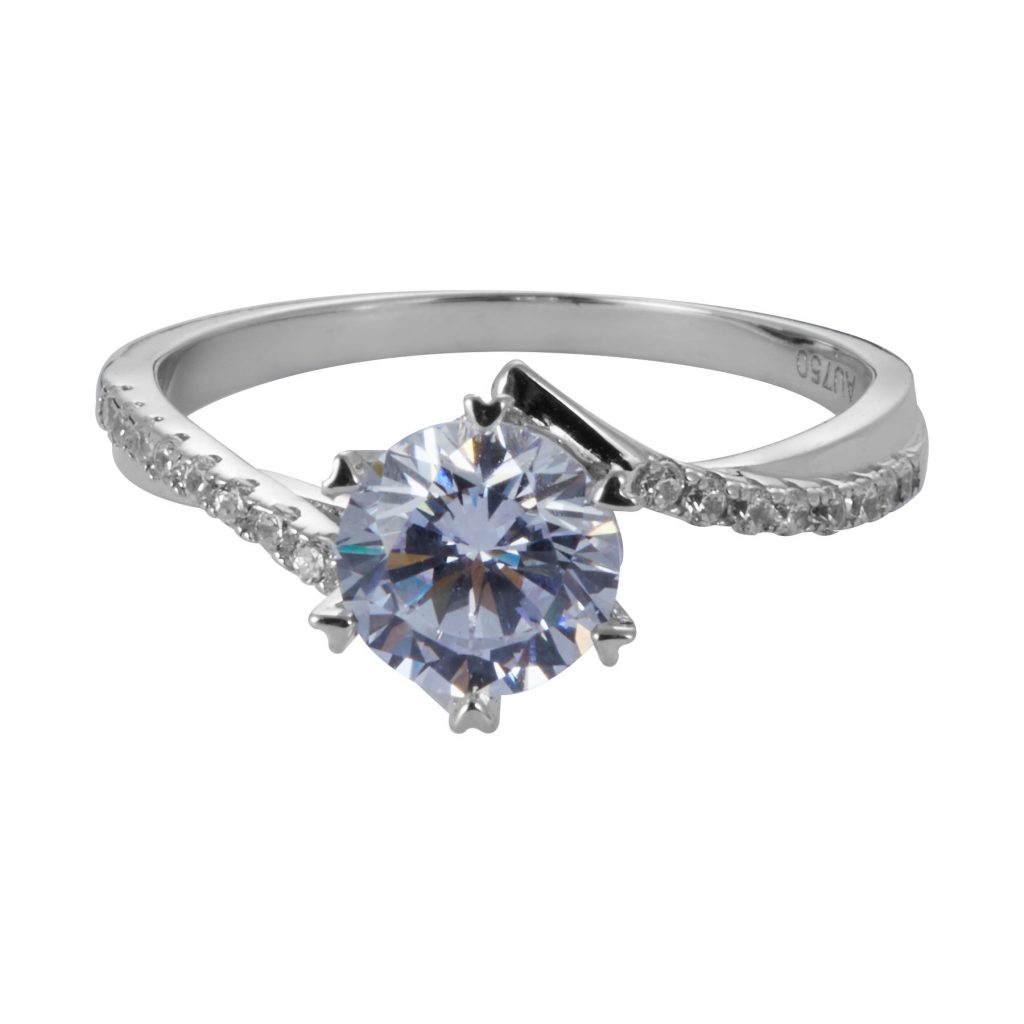
2. Matte Finishing
Matte finishing is a type of finish that gives the metal a sleek, organic look. This type of finish requires some specialized equipment, such as specific polishing wheels and polishing papers that contain aluminum oxide. The jeweler may also use a rotary tool, which is a mini-motor that can whir a bur at high speed, creating a smaller version of the polishing wheel for fine detailing.
Sandblasting is also another way to create a matte finish. The jeweler places the item into a sandblasting machine, which directs a stream of high-pressure air containing aluminum oxide towards the piece of jewelry. The aluminum oxide is a fine abrasive that wears down the surface of the item, creating a matte finish.
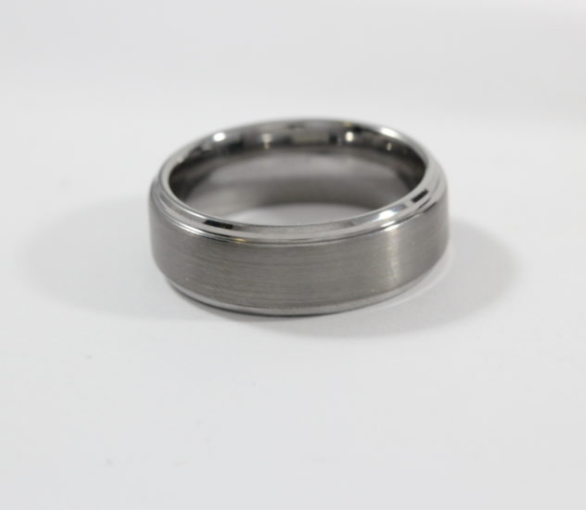
Some jewelers and artisans separate the finish into two categories; satin and brushed.
Satin Finish: Visually speaking, a satin finish is comparatively more subtle and has fewer marks than a brushed finish. In terms of texture, it should actually feel smooth like a regular polish.
Brushed Finish: A brushed finish is more rustic, with heavier definition on the visible strokes. When a brushed finish is touched, you should be able to feel the stroke marks.
3. Hammered Finishing
It’s exactly how it sounds- a hammered finish is a type of finish created by hammering all around the metal. The jeweler first brings the metal to a high polish to ensure evenness all around the item and then taps away with a polished hammer of the appropriate size. It’s important that the hammer is properly polished- a dull tool will create undesirable marks on the jewelry.
Once the hammering is finished, the jeweler polishes the piece. He can either polish down the item more to make the hammered effect more subtle or give it a quick buff to preserve the sharper details of a freshly hammered finish.
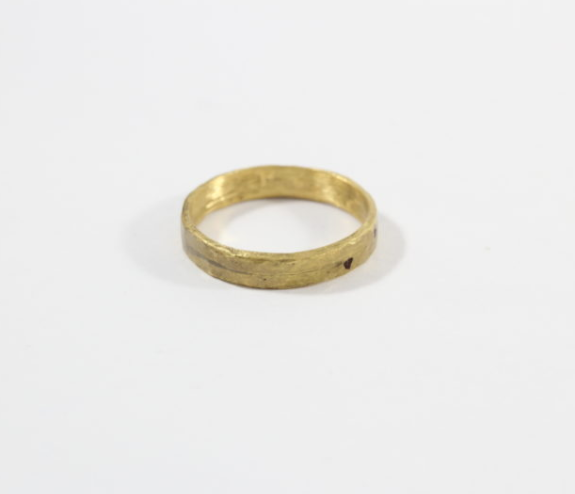
4. Stipple Finish
Similar to a hammered finish, the stipple finish involves tapping heavily away at the metal with a special hammer tool until there are “pockmarks” in the item. It’s not a very common finish, but it can create an interesting visual effect that can offset stones or other detailing nicely.
5. NON-Polishing Techniques
These jewelry finishes change the color of the jewelry, instead of the texture.
6. Oxidation
Oxidation is the natural process of silver jewelry darkening over time. It’s usually not desirable in jewelry, but nowadays jewelers are professionally oxidizing metals in order to give the jewelry an even, blackened look. This creates an appealing “gunmetal” color, which gives colored stones and gold detailing a strong “pop.”
In order to chemically induce oxidation, the jeweler applies potassium sulfide to the metal. This causes silver sulfide to develop on the top of the metal, giving the piece a dark appearance. It should be noted that the process only affects the surface of the jewelry; the interior metal will still be its original color if the item is cut open.
7. Enameling
Enameling is the process of applying color to a piece of jewelry by fusing powdered glass to the metal. A technique used since antiquity, enamel gives a beautiful “painted” appearance to jewelry and can last for a long time if done properly. While there are many styles of enameling, all of the work is done by adding the powdering glass and firing the piece in a kiln. The enamel will come out differently depending on the base metal- for instance, enameling on copper will be comparatively muted in terms of color, in contrast to gold.
8. Plating
Plating is the process of adhering to a thin coating of metal on top of base metal. While gold is the most common material used in plating, white gold and platinum jewelry are often plated with rhodium, a strong silvery metal that enhances color and durability. In order to plate jewelry, the item is placed into a tank containing a liquid solution of water and metal salt. Electrical currents run through the solution, which fuses the gold from the metal salt to the surface of the item.
Chapter 3 : The sample show of the types of jewelry surface finishes and techniques
1. Matte Finished Jewelry
A non-reflective finish is most suitable for those looking to avoid shiny jewelry.

2. Florentine Finished Jewelry
Consists of a series of very thin parallel lines that run in opposite directions of one another.
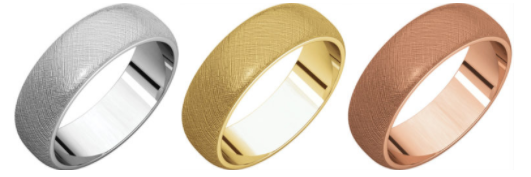
3. Glass Blast Finished Jewelry
A texture that creates the appearance of hundreds of minuscule dimples on the surface.
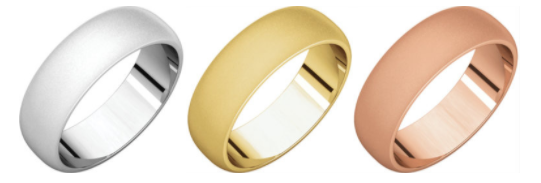
4. Hammered Finished Jewelry
A unique handcrafted look that gives off the appearance of being struck with a hammer.

5. Ice Finished Jewelry
Resembles that of a skated-over ice rink.
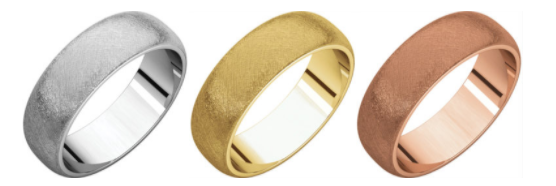
6. Satin Finished Jewelry
A brushed finish that is smooth to the touch. It is similar to a matte finish but unlike matte, has visible brushed lines.

7. Stone Finished Jewelry
Features a unique, stone-like textured look.

Ten articles before and after
How to choose ODM and OEM ? Churinga will tell you
Zircon vs Cubic Zirconia : what is the difference between zircon and cubic zirconia ?
WHY SHOULD WE CHOOSE 316L STAINLESS STEEL JEWELRY?
WHY MORE MEN ARE WEARING JEWELRY?
WHY CHOOSE STERLING SILVER FOR JEWELRY
THE DIFFERENCE BETWEEN GOLD FILLED JEWELRY AND GOLD PLATED JEWELRY
Pink Gold vs. Red Gold vs. Rose Gold : What is rose gold really made of ?
What are the differences between brass and bronze?
Who’s the Best, Fashion Jewelry, Semi-Fine Jewelry and Fine Jewelry
